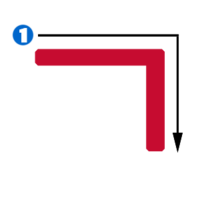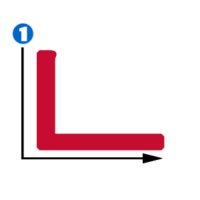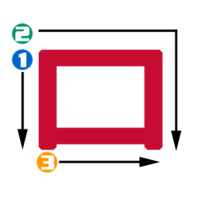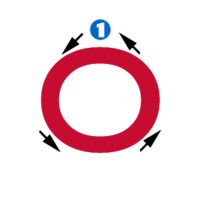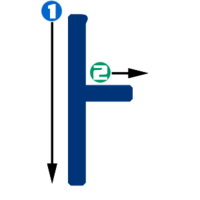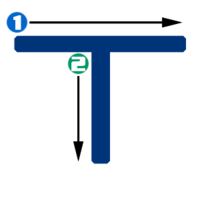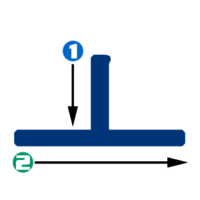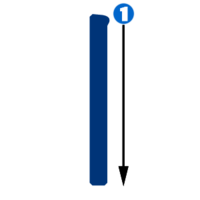Hangeul step 2/ja
|
|
| Help · Cheat Sheet · Community portal |

|

|
紹介

ハングルは文字の組み合わせで発音は可能になるので、子音と母音をセットとして紹介します。ステップ2~4はすべて子音プラス横書き母音か縦書き母音の組み合わせです。
このレッスンで下記の文字を教えます:
あるファイルはループするように設定しているため、手動で止める必要あります。
ステップ2
|
| ||||||||||
 左のような横書き母音は子音の右に書くのです。日本語の「あ」の発音といっしょです。この文字の詳細についてはㅏをクリックしてください。
|
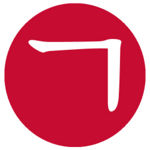 この子音は「K」と「G」の間に当たる音となります。ただし、母音と母音の間に書かれた時は/g/の音になります。 この文字の詳細についてはㄱをクリックしてください。. | ||||||||||
| Practice | |
|---|---|
| 가 | |
|
| ||||||||||
 日本語の「う」の発音といっしょです。これみたいな縦書き母音は子音の下に書くものです。この文字の詳細についてはㅜをクリックしてください。
|
 日本語の「ん」と同じ発音です。この文字の詳細についてはㄴをクリックしてください。 | ||||||||||
| Practice | |
|---|---|
| 누 | |
| 나 | |
| 구 | |
|
| ||||||||||
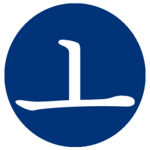 この縦書き母音は子音の下に書くものです。 この文字の詳細についてはㅗをクリックしてください。
|
 英語の「m」と同じ発音です。この文字の詳細についてはㅁをクリックしてください。 | ||||||||||
| Practice | |
|---|---|
| 모 | |
| 마 | |
| 무 | |
| 고 | |
| 노 | |
|
| ||||||||||
 日本語の「い」と同じ発音です。この横書き母音は子音の右に書くのです。この文字の詳細についてはㅣをクリックしてください。
|
 この子音は「T」と「D」Gの間に当たる音となります。ただし、母音と母音の間に書かれた時は/D/の音になります。 この文字の詳細についてはㄷをクリックしてください。 | ||||||||||
| Practice | |
|---|---|
| 디 | |
| 다 | |
| 두 | |
| 도 | |
| 기 | |
| 니 | |
| 미 | |
| ||||
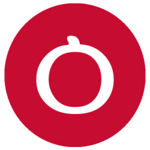 ㅇ represents no sound when found in the initial position of a syllable. Instead, it simply acts as a placeholder since vowels cannot be written by themselves. However, if ㅇ is in the final (bottom) position, it makes an "ng" sound, i.e. 'sing' or 'wrong' (IPA: ŋ ), but these final position sounds will not be discussed until step 5 of this lesson. For now, think of it as a placeholder for a consonant when only a vowel sound must be written. For full information about this letter, see ㅇ. | ||||
| Practice | |
|---|---|
| 아 | |
| 우 | |
| 오 | |
| 이 | |
Real Examples
| Word | Audio |
|---|---|
| 가구 (furniture) | |
| 가나다 (Korean alphabet, i.e. abc) | |
| 가다 (to go) | |
| 가두다 (to lock in) | |
| 고구마 (sweet potato) | |
| 고기 (meat) | |
| 고모 (father's sister) | |
| 구두 (dress shoes) | |
| 기도 (prayer) | |
| 나가다 (go out) | |
| 나누다 (to divide) | |
| 나무 (tree) | |
| 나오다 (to come out) | |
| 나이 (age) | |
| 누가 (who) | |
| 누구 (who) | |
| 누나 (older sister) | |
| 다가가다 (approach to someone) | |
| 다니다 (to go to, work, school etc) | |
| 도구 (instrument,tool) | |
| 마다 (every) | |
| 마디 (joint, knot) | |
| 모기 (mosquito) | |
| 아기 (baby) | |
| 아마도 (maybe,perhaps) | |
| 아우 (man's younger brother-but not used anymore) | |
| 아이 (child) | |
| 오다 (to come) | |
| 오이 (cucumber) | |
| 이기다 (to win) | |
| 이모 (mother's sister) |
Writing
Characters are written in a certain stroke order. Korean letters are written left to right, top to bottom. Remember stroke order is important, so please practice.
Video
Watch this lesson on talktomeinkorean.com's youtube channel:

|

|

